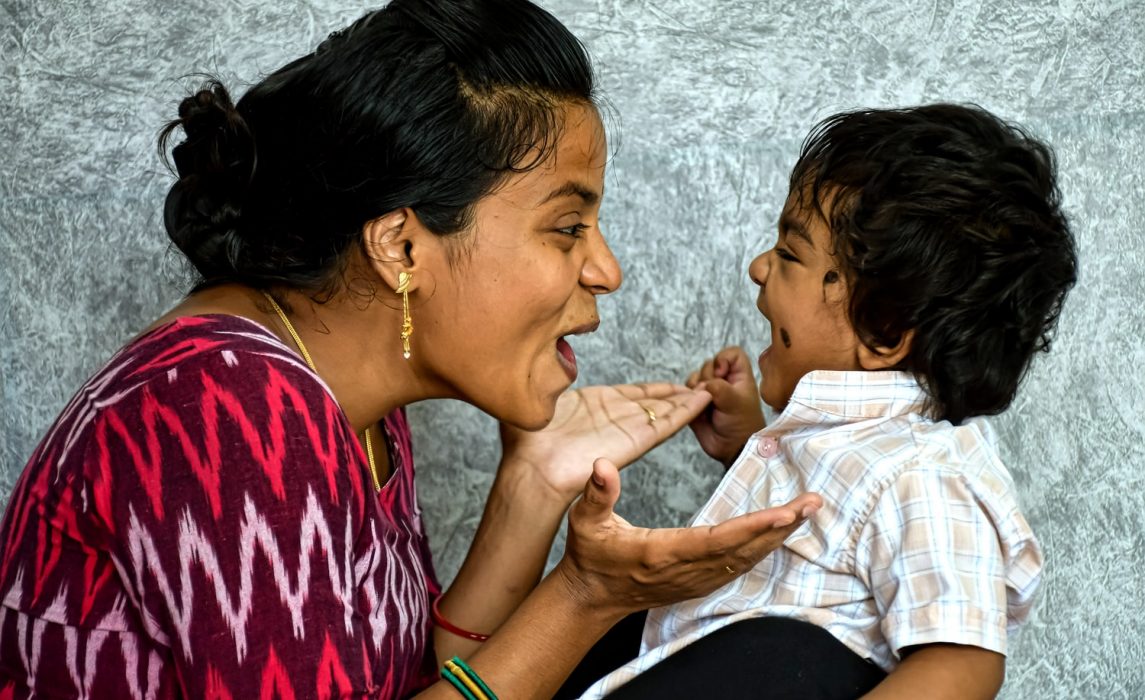In a post-pandemic world, buildings are part of the solution and are connected to both how we spread the virus and collectively fight the virus.

As part of its Living Standard campaign, today, the U.S. Green Building Council (USGBC) released India consumer research that sets out to discover how to engage Indian consumers outside of the green building community on the topic of green buildings and USGBC’s new vision of “healthy people in healthy places equals a healthy economy.”
The findings are based on independently-directed, broad consumer market research of beneficiaries and building decision-makers, and includes qualitative and quantitative research using three methodologies: in-depth interviews, focus groups, and a global public opinion poll.
We discovered four key takeaways:
- Indian consumers adopt green practices downstream, but do not see green buildings as an upstream solution to protect their health.
- Misconceptions about accessibility and cost of green building are the biggest obstacles to broader adoption.
- The top ways to motivate engagement among consumers around green buildings are: health, productivity, and pride.
- COVID-19 creates urgency around public health and the economy — green buildings must be part of the solution.
The primary message we need to convey to Indian consumers is that buildings are part of the solution and are connected to both how we spread the virus and collectively fight the virus.
This is our opportunity to design a more resilient future — we need our community to understand, reimagine, and prioritize the spaces where they live, learn, work, and play. And it is only through trust and comprehension that can we rebuild and recover economically from COVID-19 and raise the standard of living for everyone.
In November 2020 at the annual Greenbuild Conference and Expo, Mahesh Ramanujam, president and CEO of USGBC and GBCI, announced the expansion of the Living Standard campaign to serve as USGBC’s grassroots tool to share best practices and support the organization’s ambitious, inclusive, and resilient vision for the decades ahead. As part of this expansion, this new research is presented on the Living Standard platform in the form of an interactive webpage and Powerpoint presentation, making it simple to digest and discuss in our communities, as well as embed the findings into industry professionals’ day-to-day work.